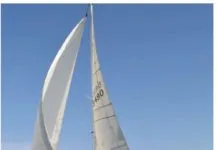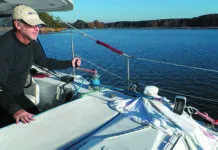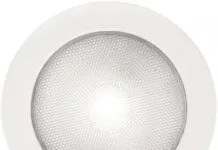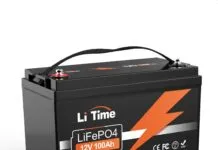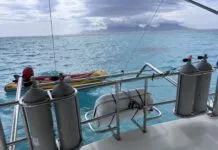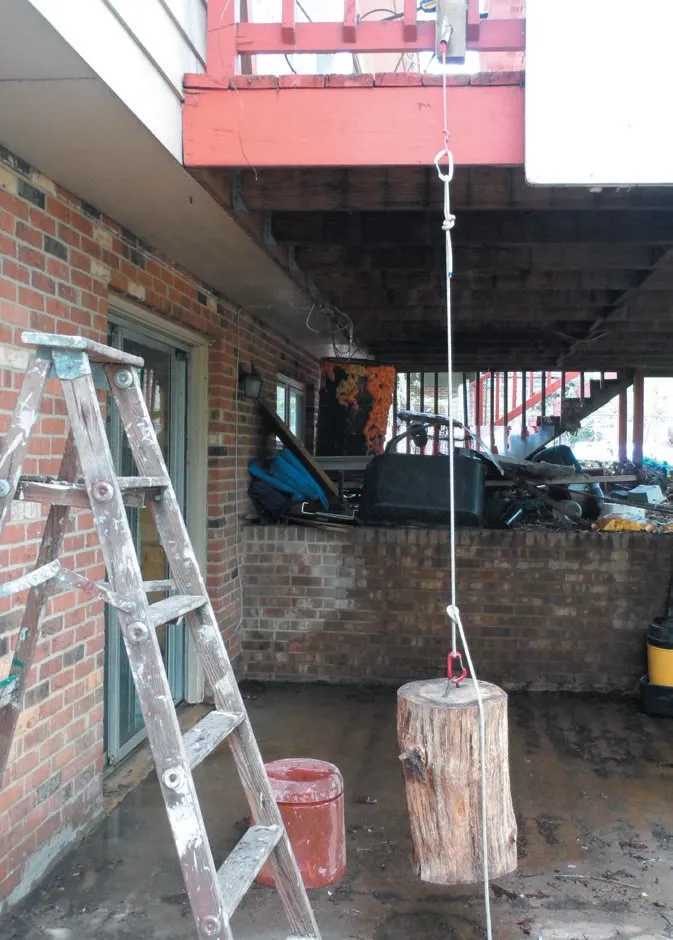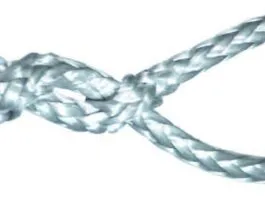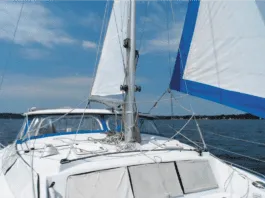The State of the Main: A Look at Sail Materials and Sailmaking Methods
Sails are a fascinating engineering statement, and when all is said and done, whats sought after is the lightest material possible that will neither stretch nor tear as it withstands the ravages of wind-induced pressure, vessel righting moment, and harassment from sunlight, chafe, atmospheric deposition, and other deteriorating effects. Practical Sailor toured sailmaking facilities and talked to several pros in the know to find out what sail materials are best suited for cruising, racing, and passagemaking. While cotton cloth lies well astern as a sail material, Dacron-which has been powering boats for five decades-has yet to be relegated to the junk pile. However, those willing to pay more to optimize performance have a wide range of just-out-of-the-lab, high-modulus material options to choose from, including high-modulus materials like Kevlar, Spectra, carbon, Vectran, North Sailss Cuben Fiber that are strung into high-end sails in much the same way that carbon fiber is used in a hull skin.
Mailport: September 2010
Letters to Practical Sailor from our readers. September 2010's topics include barnacles, teak finish, knots for a bosun chair and LEDs.
Practical Sailor Tests Bosun Chairs and Harnesses
Practical Sailor recently took a look at nine different bosun chairs and bosun chair alternatives to determine which ones are worth recommending to the sailor facing a repair project high above the deck and which ones wed drop into the nearest dumpster. Included in this test were products from ATN, renowned-rigger Brion Toss, Black Diamond outdoors sports company, sailing hardware-maker Harken, French yacht-equipment manufacturer Plastimo, and Spinlock, a company that specializes in deck hardware and personal safety gear. While none of the products, which were bench tested and evaluated in the field, would ever be considered comfortable, several fit the bill for getting crew to the masthead (and down) safely and offer the features necessary for working aloft. In the review, we also give a rundown on tips and the essential techniques for going aloft safely.
Eight Sailboat Cam Cleats Tested on Doomsday Device
Practical Sailor frequently tests sailboat cam cleats and their applications and even developed a machine for testing cleats: Doomsday. For this test we requested production cam cleats designed to handle 3/8-inch line and received products from Harken, Selden, Ronstan, Garhauer, Schaefer, and Spinlock. The Doomsday machine runs the cleat through a series of tests to evaluate fuzz, neck, and abrasion, with results showing what we can expect from a cleat after a season of use. The models tested are just a sampling of the range of cam cleats offered in various sizes and materials. A racing sailor, who probably uses cam cleats more frequently than a cruiser and who is keen to keep weight down should consider a composite model. At the other end of the spectrum, a cruiser who is more concerned about durability should consider one of the heavy-duty cam cleats in the test.
Cape Dory 25 Do-It-Yourself Refit
Cape Dory sloops-even those like the 25, which was not designed by Carl Alberg-have one of the most loyal followings among production boats. These loyal owners, added to a reputation for quality construction, enables Cape Dory boats to hold their resale value well, making them prime candidates for a do-it-yourself project boat like Practical Sailors test boat, Satori, a 1981 Cape Dory 25.Satori was purchased in 2008 in Sarasota, Fla., for $1,500. Although structurally sound for a boat her age, the interior had been gutted.Satoris sale price included an inventory of like-new sails, a new 5-horsepower Nissan outboard, and ground tackle. Completely rebuilding a boats interior would seem daunting to many, but Satori owner Jon Perkins is a carpenter by trade so he had the tools, resources, and know-how to get the job done. Cape Dory is an ideal fixer-upper boat, if the owner is up for the project. On today market, the Cape Dory 25 can fetch $3,000-$8,000. The pocket cruiser is also an excellent boat to fix and sail as a nice weekend cruiser for a family or a coastal cruiser for a couple.
Practical Sailor Takes a Close Look at the State of Boat Cleats
Boat cleats are an elegantly simple yet essential piece of marine hardware. Yet, after scrutinizing cleats at the Annapolis and Miami boat shows, it appears that while there a few innovative designs and tried-and-true classic models, many builders are using sub-par installations. The shape of a cleat needs to take in the significance of how a cleat locks a line in place and yet still allows a crew member to control the easing or snubbing process. Proper topping and backing cleat plates can greatly improve cleats durability and long-term performance. Some hide-away cleats or pop-up cleats have water drainage issues and less-than-robust support structures. Other designs use the less-secure rings and eyes instead of proper cleats.
PS Advisor: Replacing Wire Rigging
Over the years, I’ve heard various timeframes for when to replace standing rigging, but I’ve never seen any empirical data to back up those recommendations. It would be very informative to know from a metallurgical/metal failure point of view estimated lifespans of the average wire used for standing rigging.
Mailport: 11/09
To keep from being pulled under in a collision between a tanker and my sailboat, I "pulled the ripcord" to release the snap shackle on my Standard West Marine Safety Tether . The tether release lanyard was outfitted with a series of balls. (See bottom photo at right.) I had rehearsed reaching for and feeling the release toggle many times so it would come naturally in an emergency. The balls have a distinct feel. There was nothing on my PFD or foul-weather jacket that resembled them. The replacement tether I bought from West Marine (ISAF Specification Safety Tether, No. 9553504) has a new toggle on the snap-shackle release lanyard that consists of an open triangle of plastic. This is dangerous, in my opinion! In my first few hours of using the new tether, in moderate sea conditions, I managed to snag the triangular loop on something and release the snap shackle. I am now replacing all triangular loop pulls with bead pulls that I have crafted myself.
Practical Sailor Tests Lightweight Tether Aimed at Racing Sailors
Theres a reason why we recommend safety tethers-the umbilical cords that connect the jacklines on our boats to the harnesses on our bodies-be 6 feet long or shorter. Getting dragged behind a boat, even at the sedate speed of 4 knots, can easily drown a person. Unless someone is on hand to haul you on board, survival relies on a superhuman burst of adrenaline. Though rare, there have been some highly publicized deaths involving harnesses. The story of Harvey Shalsky, a sailor in the 1999 Double-handed Farallones Race, is familiar to most racers. Shalsky, racing with longtime partner Mark Van Selst, drowned while tethered to his J/29 White Lightning. Van Selst was unable to slow the boat or haul his partner in, and eventually cut loose Shalsky (who was by then unconscious) so that following boats could recover him. The hazards associated with a tether that cannot be easily released under load prompted the International Sailing Federation (ISAF, the council responsible for regulating offshore sailing races) to recommend this feature in tether designs. It is not a requirement, only a recommendation, and ISAF does not stipulate what method should be used for the release.
Headsail Furlers Sans Swivels Face-Off
A follow-up to our evaluation of jib furlers with head swivels, Practical Sailor reviews roller furlers that use no swivel. For many years, the Flexible Furler from Cruising Design Inc. (CDI) was the most prominent player in this category, but some new products and innovative designs are offering more options for sailors looking for easy-to-install furling. Along with the CDI furler, we look at four roller-reefing systems: Alado A-2, Spin-Tec Triumph 2000, and Reefurl. Having no upper halyard swivel, these furling systems put the foil sections in compression and use an external halyard system to attach the head of the jib to a built-in halyard or a fitting at the top of the foil system. Although PS regards conventional roller-bearing furlers with top swivels (tested in August 2009) as the most sensible choice for serious offshore cruisers, these alternative jib furlers offer a cost-effective, easy-to-install option.


